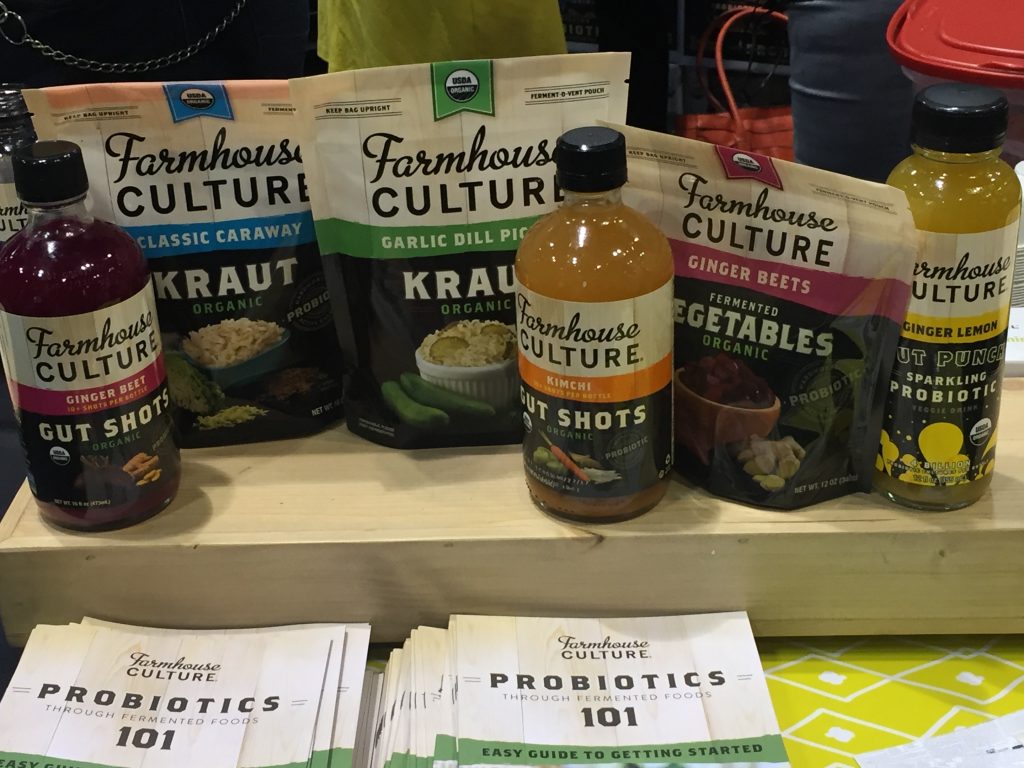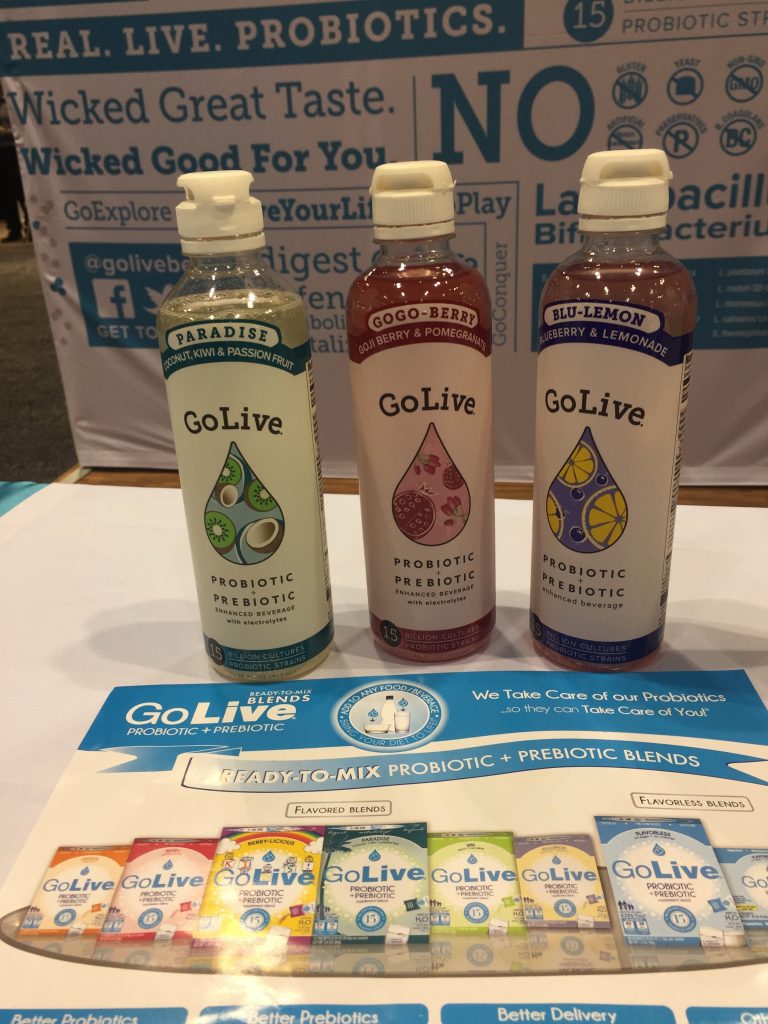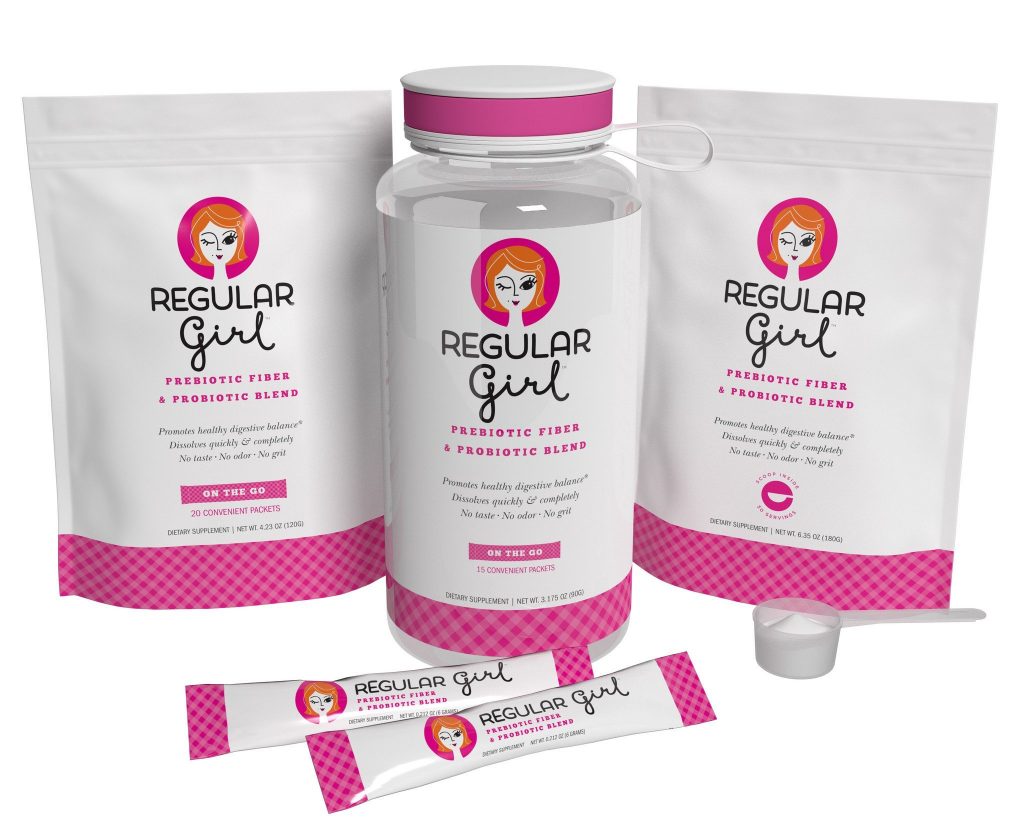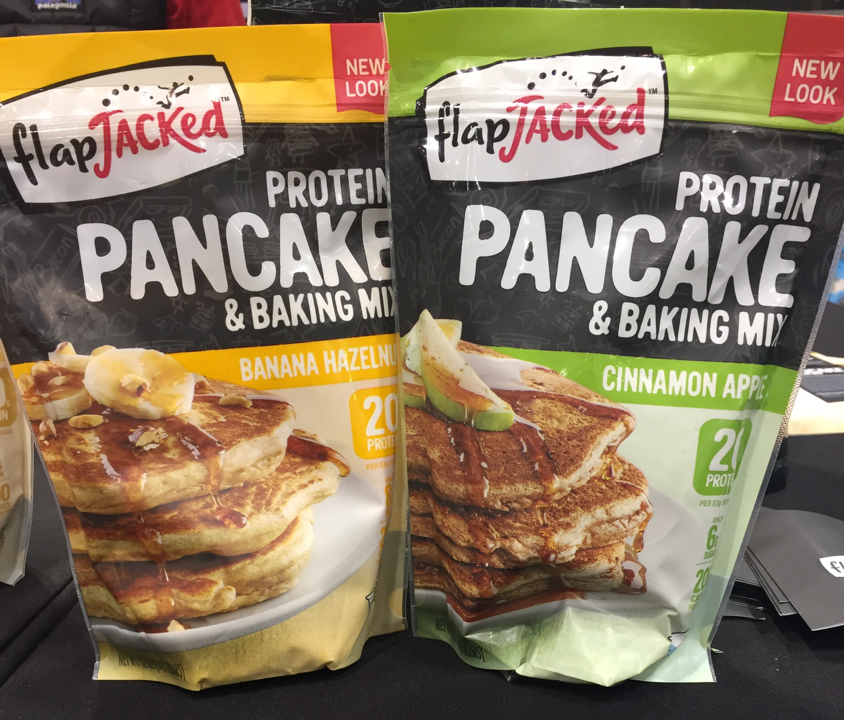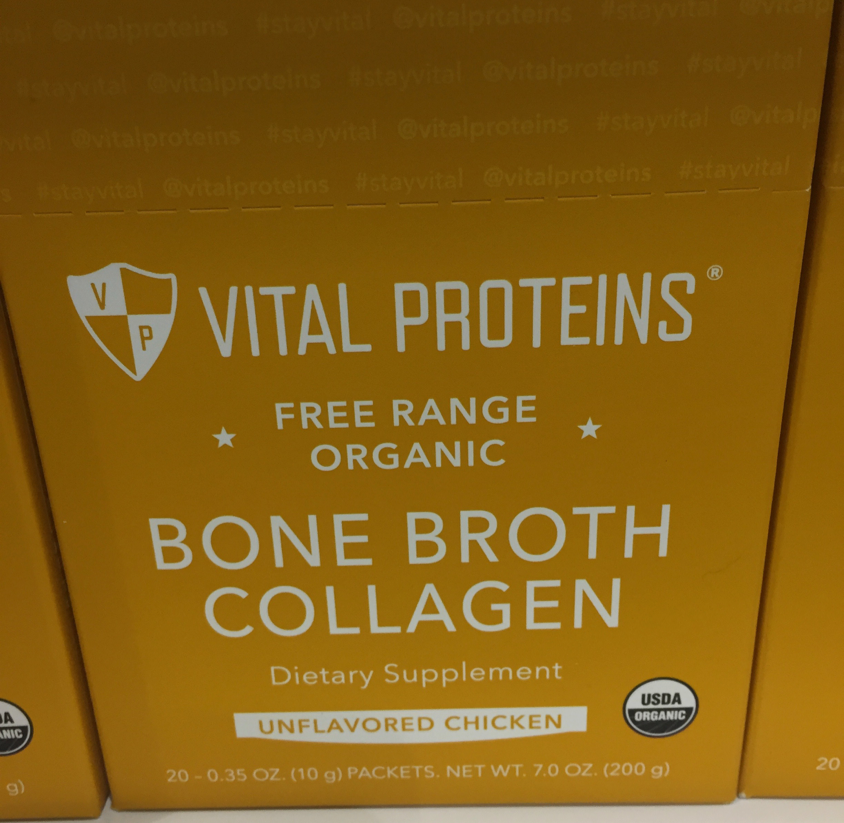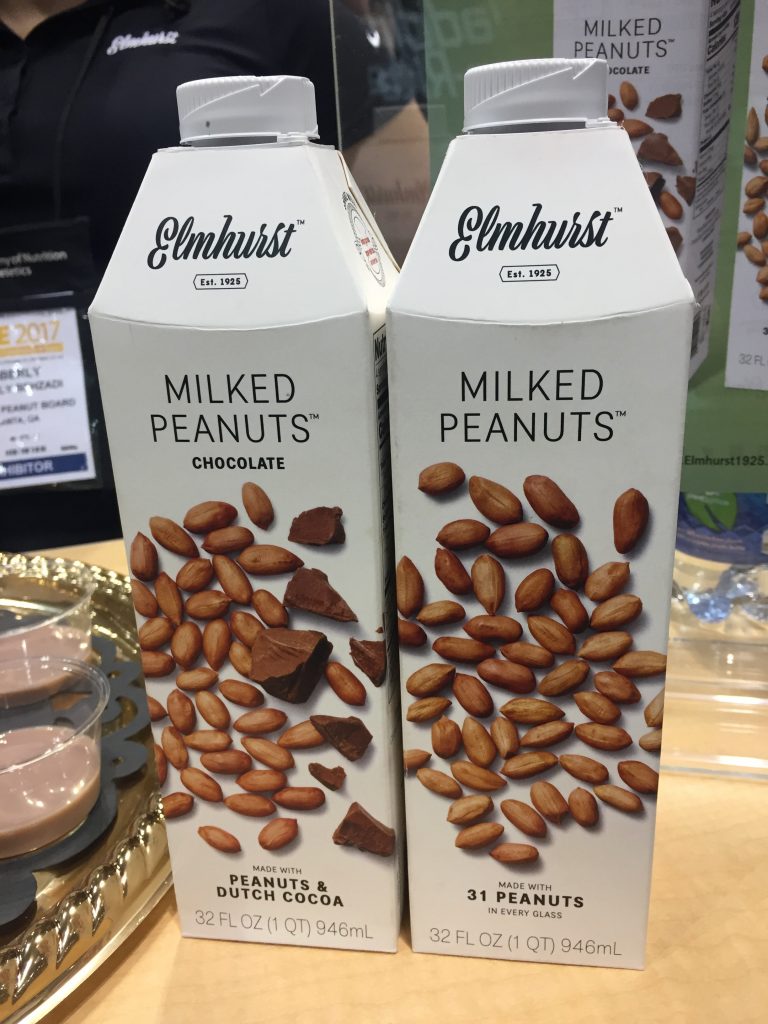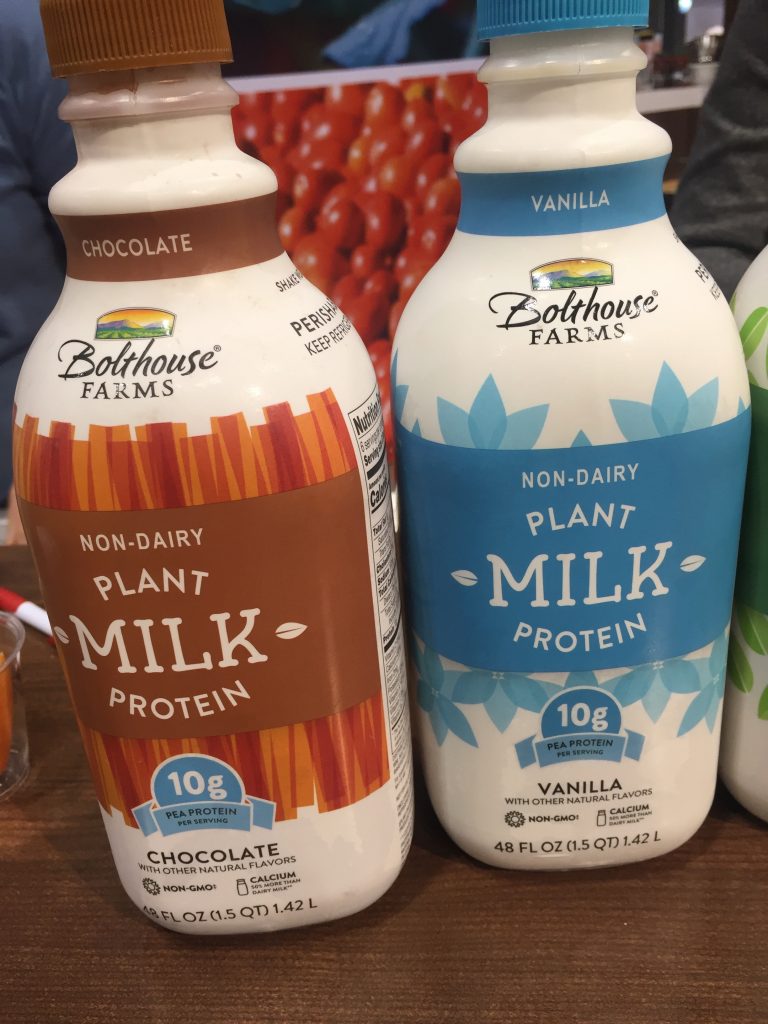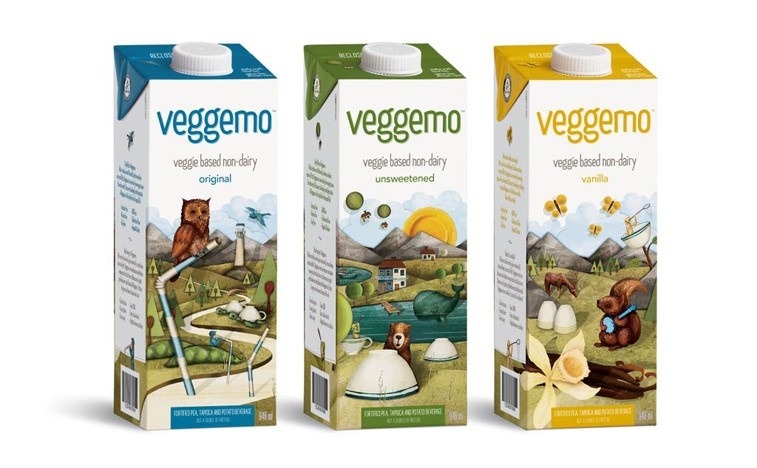
One of the best things about my job as a food and nutrition expert is going to conferences to learn about new trends and share our learnings with YOU! This year’s Food & Nutrition Conference & Expo (FNCE) in Washington DC did not disappoint! It’s the world’s largest food and nutrition event, attracting well over 10,000 delegates with hundreds of speakers and exhibitors. Here are my top takeaways from the event.
1. FODMAP Friendly. This was by far, the biggest trend at the show. FODMAP is an acronym for “Fermentable Oligo-, Di-, Mono-saccharides And Polyphenols”. These are different types of carbohydrates found naturally in everyday foods such as fruit, veggies, grains, beans and milk product. For some people, eating foods containing high amounts of these FODMAP carbohydrates may cause gas, bloating and other digestive symptoms. Dozens of products at FNCE sported a “FODMAP Friendly” logo, including Prego’s Sensitive Recipe pasta sauce (made without onions or garlic) and Lo-Fo flours.



2. Protein Power. I’ve been emphasizing the importance of getting enough protein at every meal for a while now. Protein continues to be a strong nutrition buzzword. This year’s FNCE show featured several protein packed products such as a peanut-based protein shake and a protein enriched pancake mix.


3. Probiotics. At last year’s FNCE event, exhibitors flaunted countess probiotic products. This year, there were even more innovations ranging from infused probiotic beverages to a combination protein/probiotic hot oatmeal.


4. Plant-based. Following this trend were plant-based beverages such as “sesame milk”, “banana milk” and yes, even plant-based maple water. When it comes to calcium, vitamin D and protein though, not all of these products are equivalent to cow’s milk or fortified soy beverage



5. Snacking. Among the countless numbers of protein bars, I found snacks such as barley bars, flavoured chickpea snacks as well as single serve, shelf stable bean dips for on-the-go energy.



Which one of these trends are you most excited about? Leave a comment and let me know.

